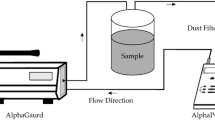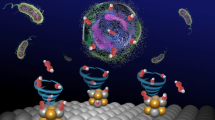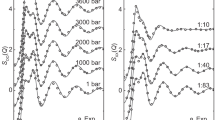Abstract
IN a letter to NATURE of August 13, 1903, it was announced that experiments carried out at the Blythswood Laboratory had shown the presence of a radio-active constituent in the gases derived from the mineral waters of Bath. An account of our further investigations has been given in a paper read before the Royal Philosophical Society of Glasgow, November 18, 1903. Samples of water from the Buxton springs have been tested with results exactly similar in character to those given by Bath waters. In both cases the ionisation-current through the gas obtained from the water increased to a maximum in about one hour from the commencement of an experiment, and then diminished to the normal value. In a note added to this paper, December 15, 1903, an experiment is described similar to one carried out by Mr. E. P. Adams (Phil. Mag., vol. vi. p. 563, 1903). A current of air was drawn through a very dilute solution of a radium salt, and then through a Winchester quart containing distilled water. The air current was continued for two hours. The distilled water after this treatment was tested in exactly the same manner as the Bath water, “the results being in all respects similar.… It is therefore probable that the radio-activity of these (mineral) waters is due to the presence of radium near their source.”
Similar content being viewed by others
Article PDF
Author information
Authors and Affiliations
Rights and permissions
About this article
Cite this article
BLYTHSWOOD, ALLEN, H. Radio-active Gas in Mineral Springs . Nature 69, 247 (1904). https://doi.org/10.1038/069247a0
Issue date:
DOI: https://doi.org/10.1038/069247a0



